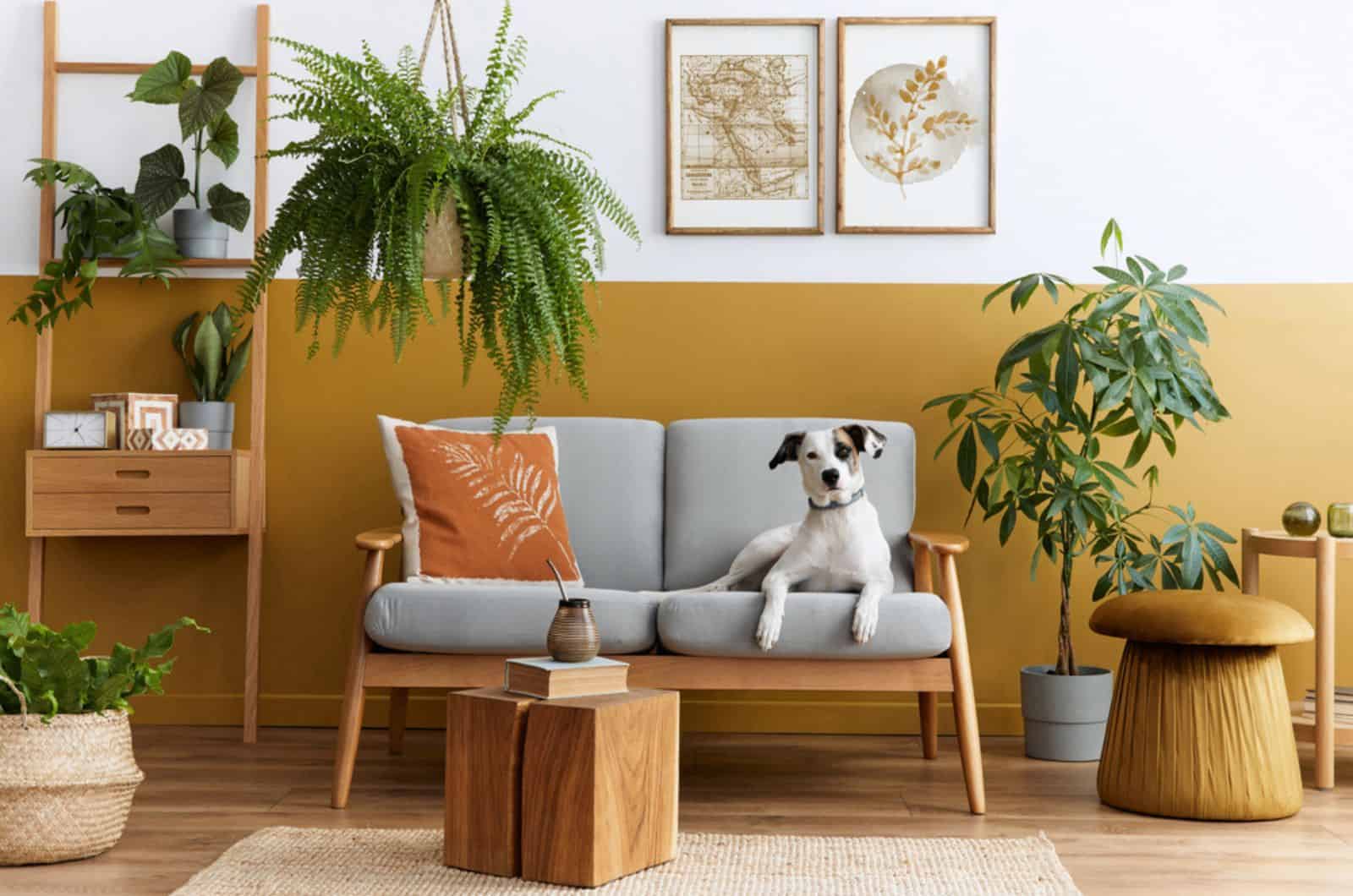It is not unlike dogs to munch on your indoor or outdoor plants. For most dog owners, the danger lies in not knowing whether their favorite chlorophyll friends are toxic to dogs.
Today’s list contains the ten most popular household plants Americans own in their homes that do not have serious consequences for your dog’s inquisitive nature.
1. Echeveria
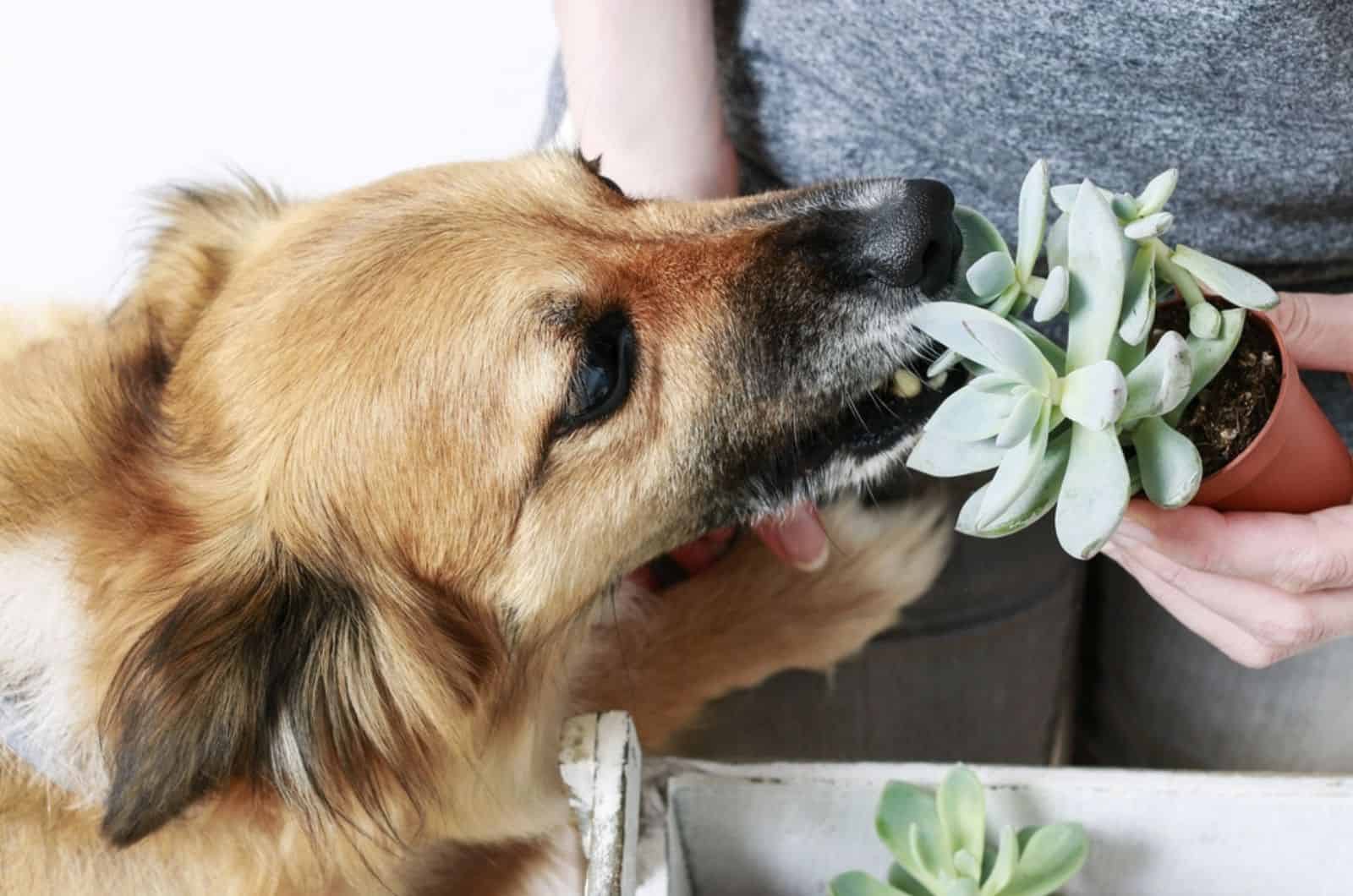
As a very toned-down way to give your home some additional appeal, this variant of succulent is completely non-toxic to dogs. This was (and still is) used across the world as a home remedy for ear problems, bruises, and even in skin ointments.
It is exceptionally easy to keep healthy, and it will make your house look incredible. That is unless your dog paws it or feasts on the marvel of Echeveria’s bloom. Keep in mind that there are many types of this succulent that require slightly different care.
2. Venus Fly Trap
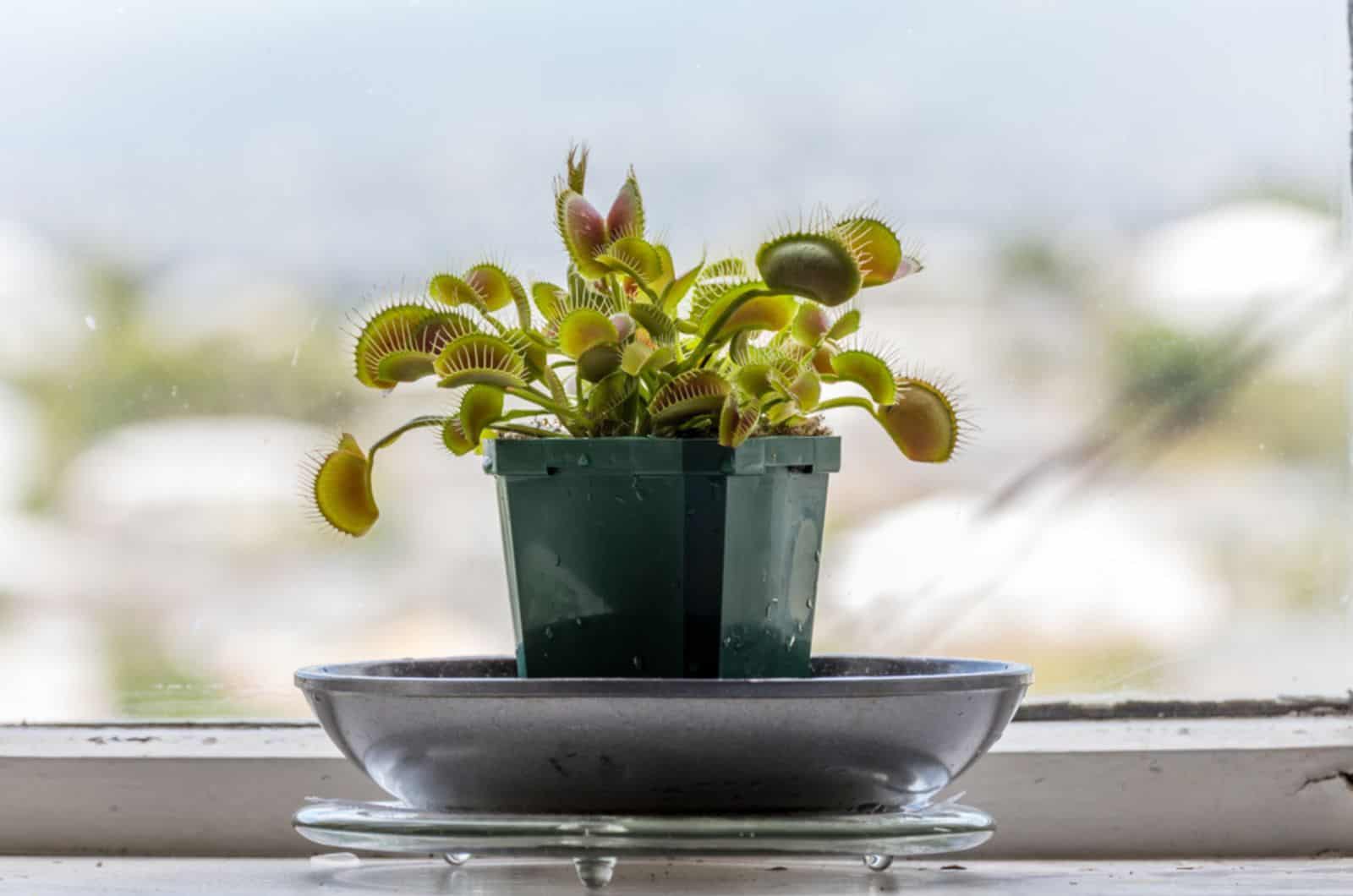
In case you needed more carnivores in your home, the non-toxic Dionaea muscipula plant is a great miniature candidate. Your dog will not get hurt by the plant despite it eating flies, and eating the plant itself will produce no symptoms.
Well, maybe there will be some odd rumble from your dog’s stomach, but it will all come out eventually. If your dog develops a taste for it, do not forget to keep the soil damp and the plant exposed to bright sunlight.
For those who thought trapping insects was not impressive enough, watch Sir David Attenborough explain how Venus fly traps count.
3. Calathea & Maranta
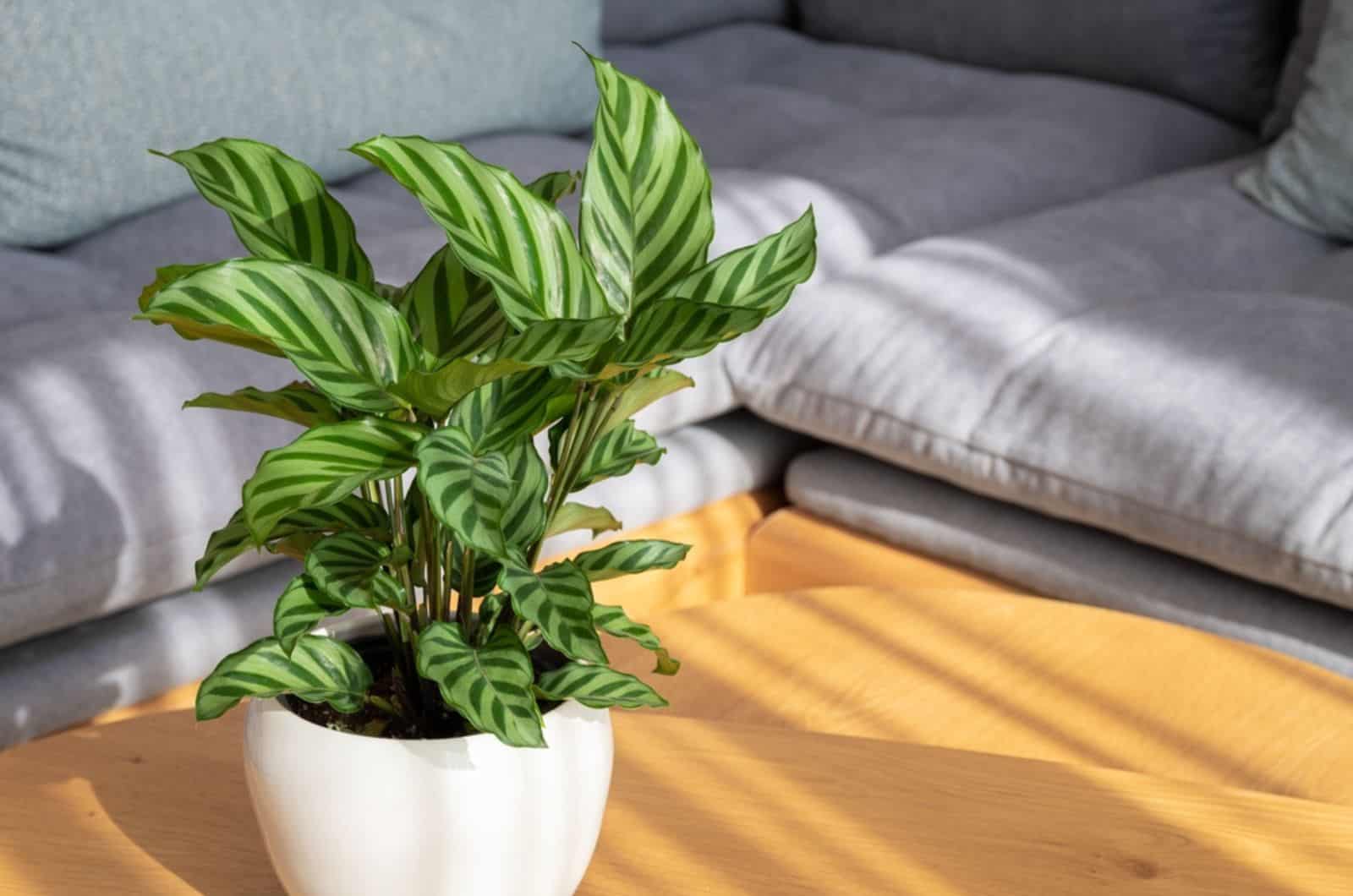
Commonly known as Prayer plants, this neatly-named duo of plants brings good news to dog owners. These Marantaceae family members are safe for dogs, according to ASPCA, but it still does not mean you should fix your dog up with a prayer plant salad mix.
Since the ASPCA confirms its non-toxicity to dogs, go ahead and get one, but not without learning more about their peculiar nighttime leaf movement, types, and ease of care.
4. Areca Palm
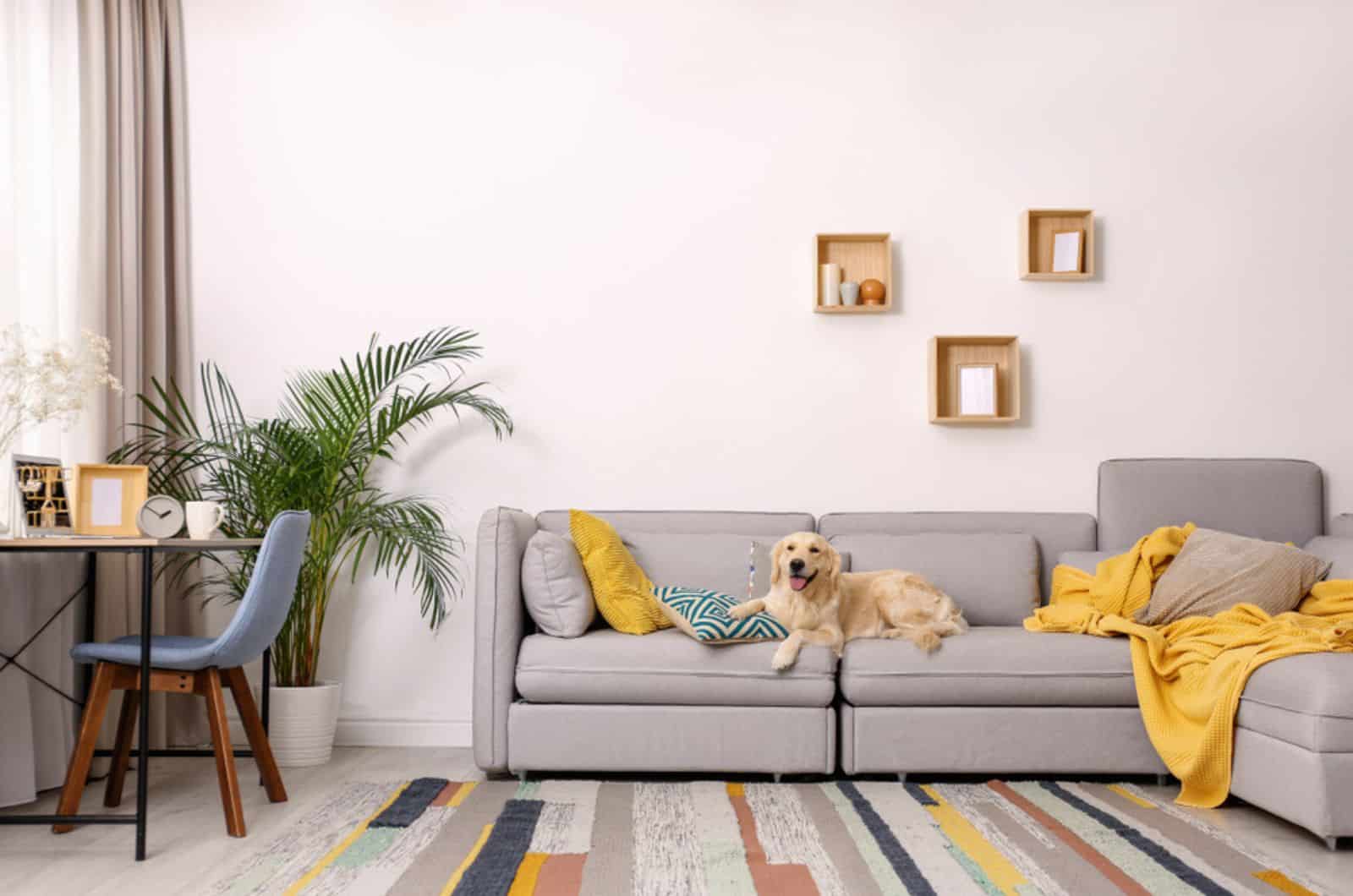
For those who live in warmer climates and have or want to buy a Dypsis lutescens (fancy name for the Areca palm), brush your worries aside as the ASPCA confirms its non-toxic effect on dogs.
The Areca palm is pretty colorful for a palm, and the size and thickness of its stems resembles a bamboo. The latter can be an incentive for your dog to pee or chew on it. If you were in the middle of potty training and the plant caused a regression, read this article for help.
5. Spider Plant

While we wait for a Dog plant to appear, let us just confirm that the Chlorophytum comosus (scientific name for the Spider plant) is not toxic to dogs. Next time your dog is craving some dead insects to nibble on, give them the green version.
Since there are more types of Spider plants than I can fathom, have a look at this article explaining the differences between each one, how to care for them, and their effect on pets.
6. Crucifix Orchid
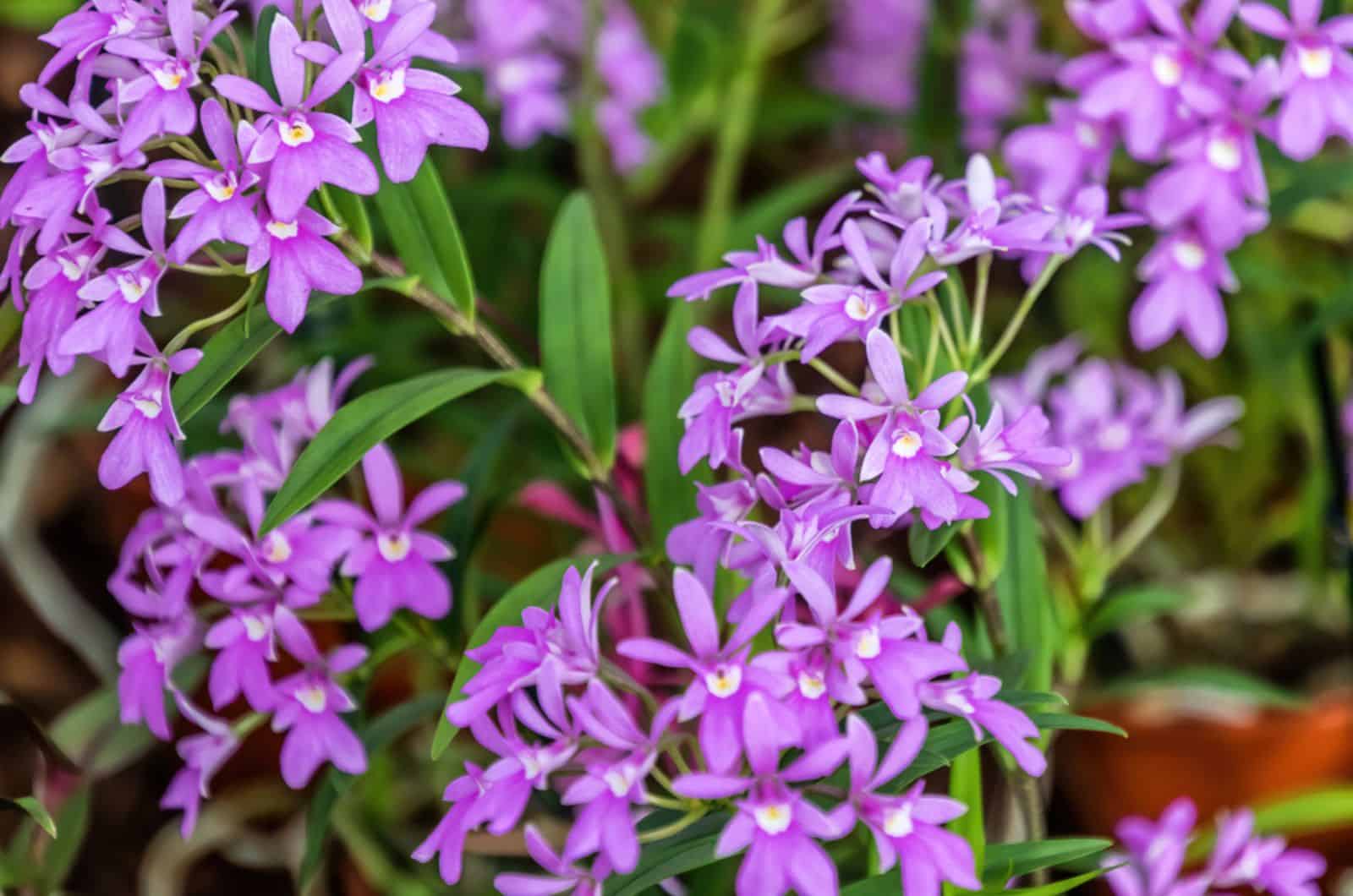
While not the most easy plant to take care of for beginners, it adds that splash of bright color to any home without being toxic to dogs. Every part of the Fiery Reed Orchid can be eaten without bad things happening to your canine’s stomach.
It is known for being finicky about the soil you use, so make sure you keep it one hundred percent natural. You would not want your dog to get a taste of fertilizers that are toxic for animals.
7. Money Tree
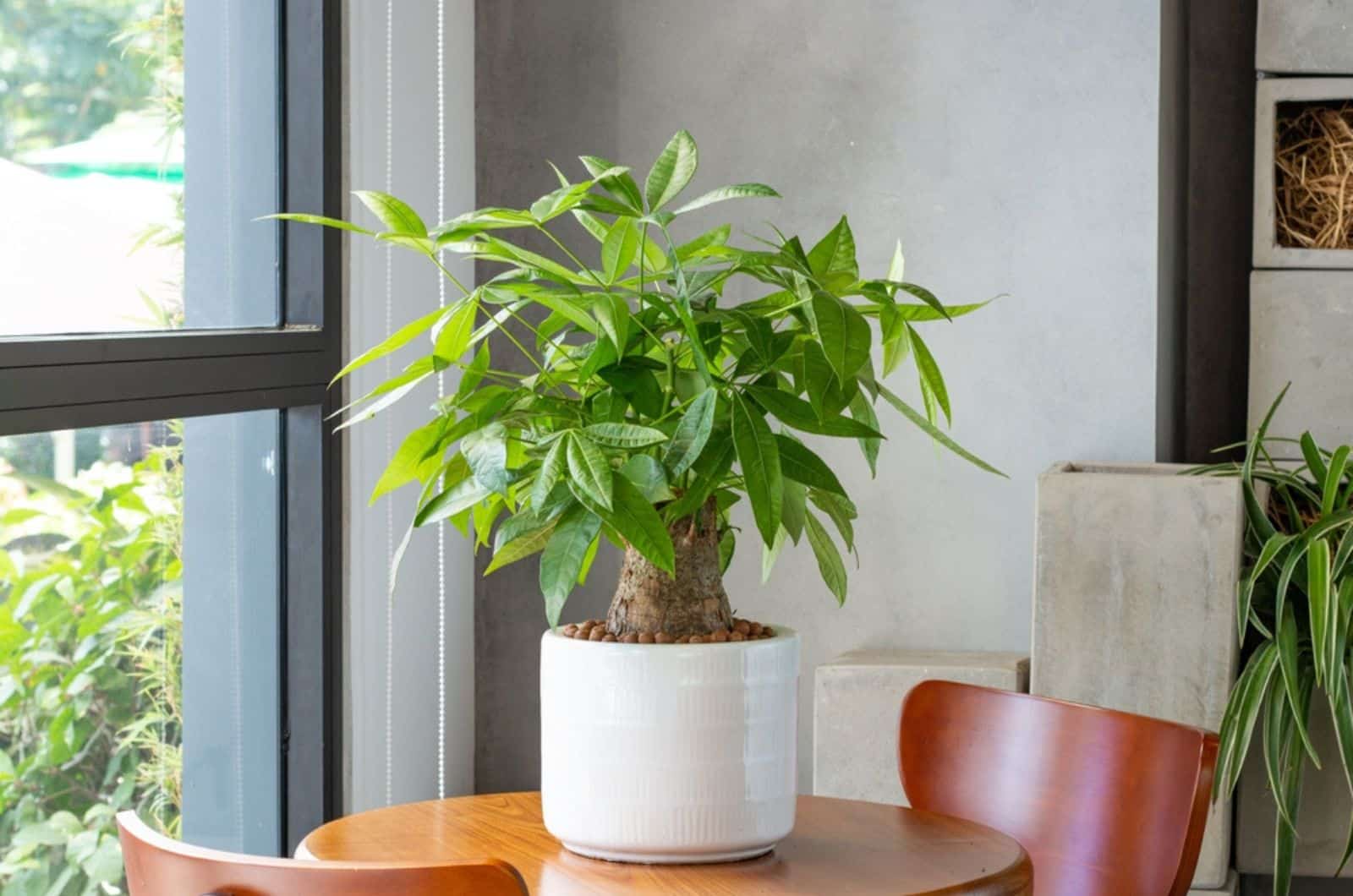
Here is another yay moment for plant-lovers with inquisitive dogs. The Pachira aquatica is not toxic for canines, but if eaten in large amounts it can cause nausea, vomiting, or watery poops.
You can immediately use those liquid poopies to water the Money Tree. Ah, the beauty of the cycle of life. Jokes aside, your dog will be safe around this plant, despite the mild symptoms that can occur if ingested.
8. Peperomia
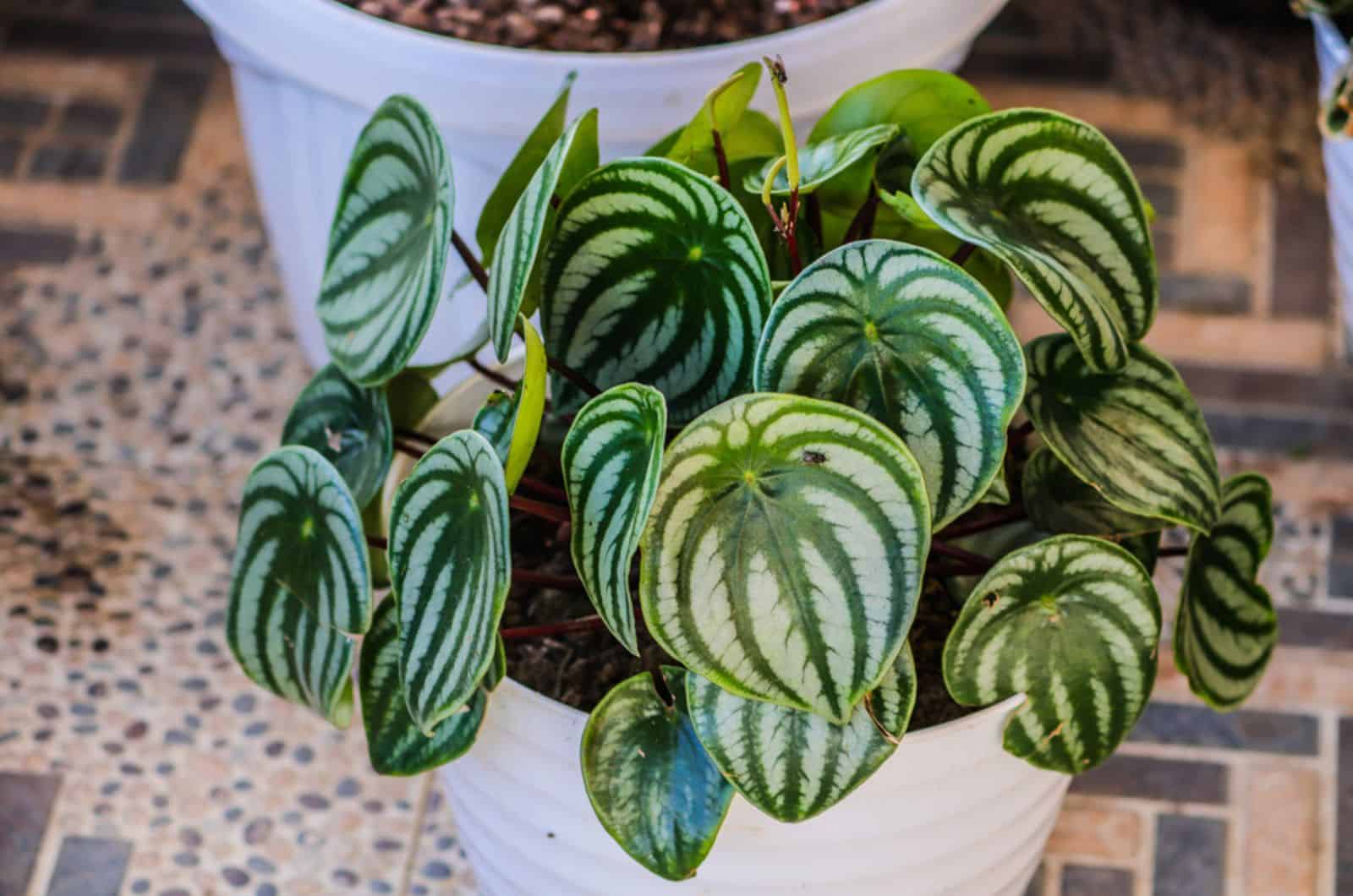
Whichever type of Peperomia you have in your home, it will not be toxic to your dog, and with the incredibly diverse selection of Peperomia versions, it is definitely worth the investment if you have been on the fence about it.
Considering how slowly Peperomia plants grow, your dog will probably not even notice it exists, but if the fully-grown, meaty leaves do make your dog’s mouth water, you will have some freshly made natural fertilizer with Peperomia seeds in no time.
9. Resurrection Lily
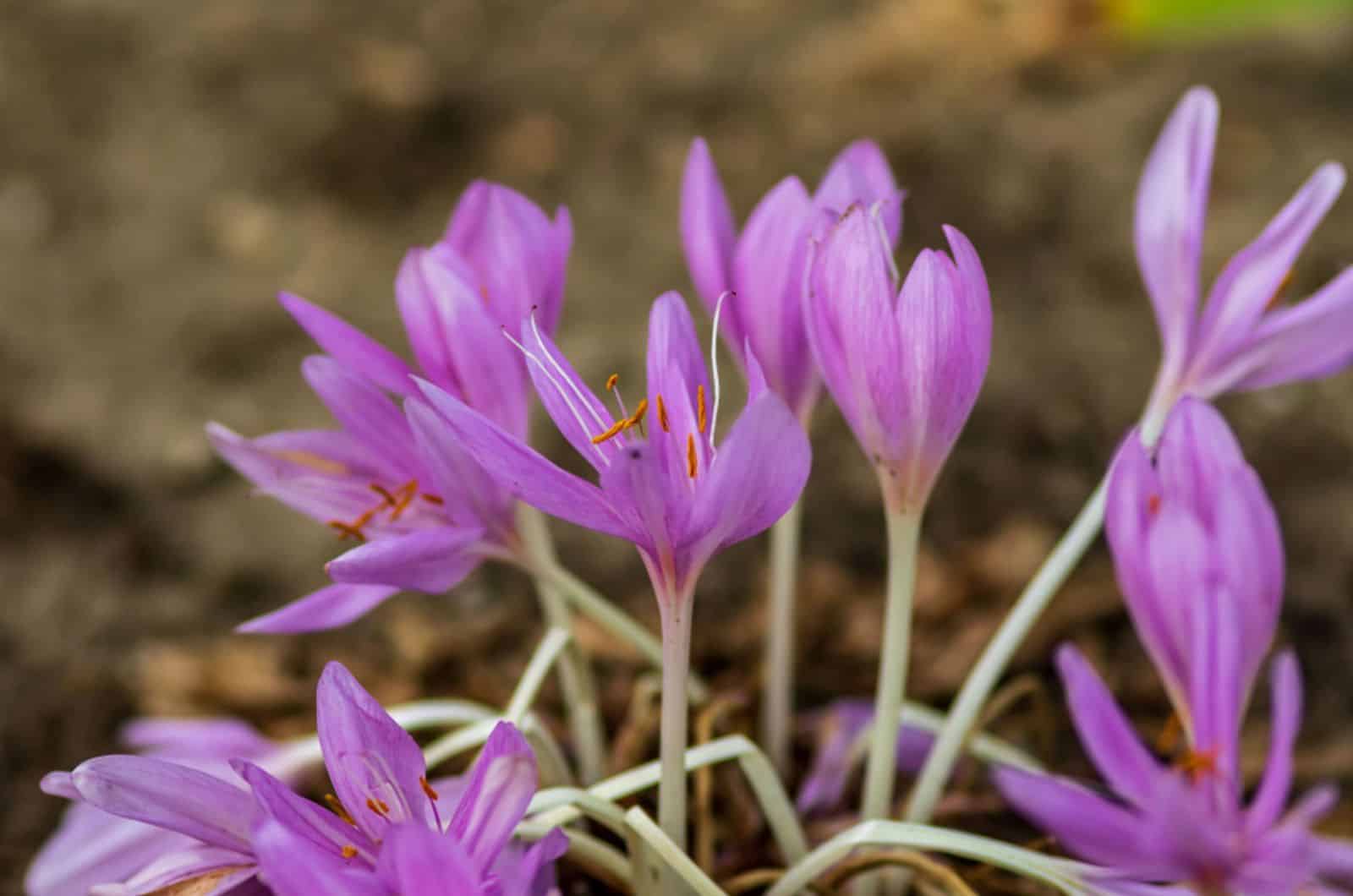
A white butterfly-shaped flower with antennae and a small purple patch gives a calming energy to any home. If you have a monster truck dog like a hyper German shepherd, then this non-toxic flower will not be enough, I am afraid.
Keep in mind that it is not beginner-friendly as it requires specific amounts of water, repositioning during the day, and can be easily disturbed to stop blooming.
10. Zebra Haworthia
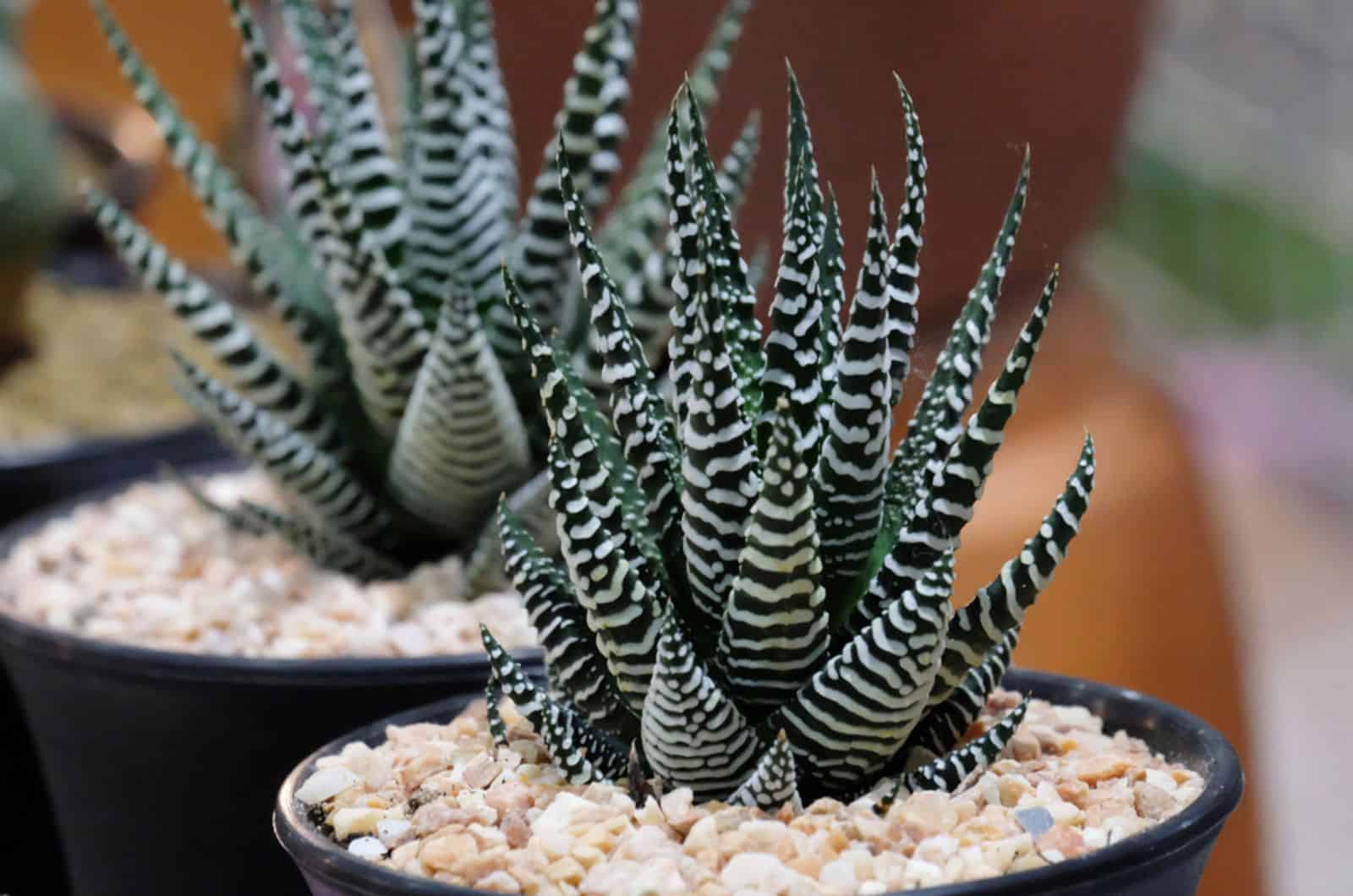
We will end with a plant that looks like a zebra, grows like a thorn bush, but is still not toxic for your dog. Its rough texture hides a succulent inner part of the foliage, which can sometimes be appealing to dogs. It is the perfect dog-friendly plant that resembles aloe vera.
Still, it is a plant that can suffer an absent-minded owner like myself, which means it requires little watering and can be placed in a semi-shaded spot in your household. Of course, there are many variants of Haworthia, but luckily, all of them are non-toxic.
This tweet is exactly why toxic plants should be nowhere near dogs. Luckily, it was just a good ole Haworthia plant…
We Can Safely Assume That…
Dogs, and animals in general, can tell whether something is edible or not. In most cases, your dog will completely ignore whatever plant you have in your home. It is only when it is bored that it might be a reason for worry.
These are some of the most popular non-toxic plants in the United States that will put your mind at ease even in case of your dog ingesting some leaves or stems. If you want to check out more dog-friendly plants, the ASPCA provides a comprehensive database.
Finally, do not use toxic fertilizers even if your dog cannot reach the plant. If the container breaks and the fertilized soil spills on the floor, your canine might ingest some dangerous chemicals.
